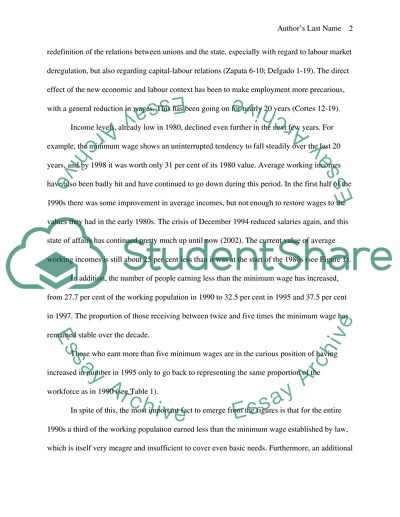Cite this document
(“Mexican Immigration in Los Angles 1990's Essay Example | Topics and Well Written Essays - 2000 words”, n.d.)
Retrieved from https://studentshare.org/history/1526151-mexican-immigration-in-los-angles-1990s
Retrieved from https://studentshare.org/history/1526151-mexican-immigration-in-los-angles-1990s
(Mexican Immigration in Los Angles 1990'S Essay Example | Topics and Well Written Essays - 2000 Words)
https://studentshare.org/history/1526151-mexican-immigration-in-los-angles-1990s.
https://studentshare.org/history/1526151-mexican-immigration-in-los-angles-1990s.
“Mexican Immigration in Los Angles 1990'S Essay Example | Topics and Well Written Essays - 2000 Words”, n.d. https://studentshare.org/history/1526151-mexican-immigration-in-los-angles-1990s.


